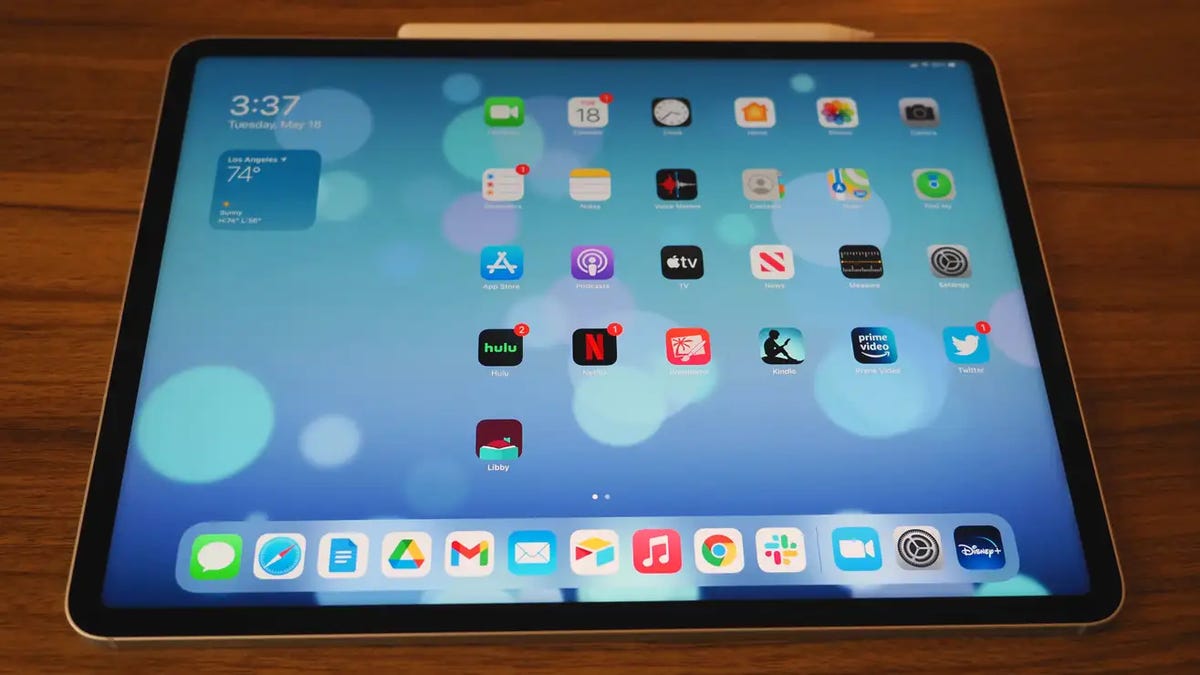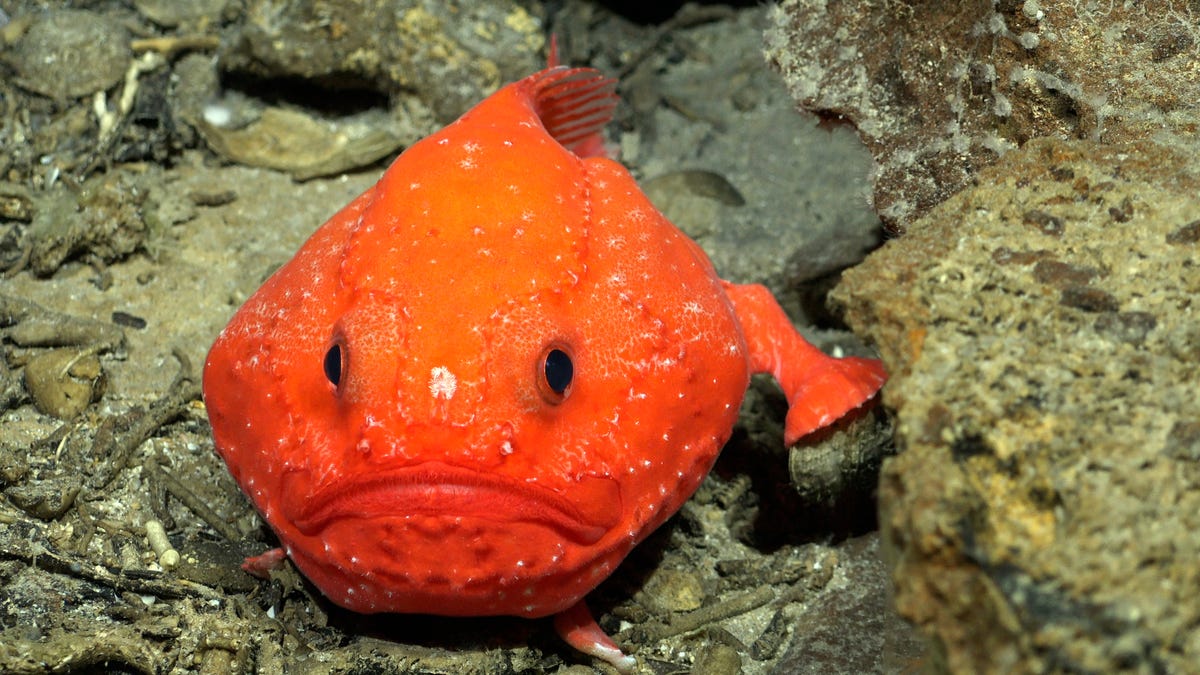CBP Facial Recognition Scanners Failed to Find a Single Imposter At Airports in 2020


Customs and Border Protection used facial recognition tools to scan over 23 million travelers’ faces at 30-plus points of entry in 2020, and failed to turn up a single example of an individual impersonating someone else at an airport, per a Wednesday report by OneZero.
The agency disclosed the statistics in its annual report for fiscal year 2020 (October 2019 to September 2020) released this month. The points of entry included airports, seaports, and pedestrian crossings. CBP facial recognition failed to flag a single imposter attempting to enter the country via an airport, and managed to detect less than 100 imposters at pedestrian crossings. This would seem to suggest that either there are very few imposters using fake credentials to enter the U.S. or that the CBP system is very ineffective at finding them.
As OneZero noted, Congress first mandated that the U.S. attorney general implement a tracking system for foreign citizens entering and exiting the U.S. in 1996, and the PATRIOT Act of 2001 expanded the requirement to include biometric signifiers like fingerprints, iris scans, or facial recognition. CBP kicked off its initiative to employ face recognition scanners as part of this program in 2013.
Since 2018, according to public CBP documents, the agency has identified just seven air travelers as imposters via face recognition, and only 285 at land crossings. In its report, CBP noted that it had managed to increase the number of faces it scans despite overall passenger volumes for all modes of transportation dropping 42% (54.2% for airports alone) during the coronavirus pandemic. CBP sounded an upbeat note about the technology:
Despite the overall decrease in travel, biometric processing increased dramatically. CBP biometrically processed more than 23 million travelers using biometric facial comparison technology at entry, exit, and Preclearance locations with a match rate of more than 97 percent in fiscal year 2020. CBP sees biometric technology as the way of the future, a means of achieving faster processing times for travelers, and continuing the facilitation improvements that the agency has attained through other technologies and CBP’s Trusted Traveler programs.
G/O Media may get a commission
CBP is part of the Department of Homeland Security. DHS was budgeted $62 billion in fiscal year 2020 (actually spending $92 billion due to coronavirus-related disaster funds disbursed by the Federal Emergency Management Agency). CBP spent about $16.67 billion over the same time period. The Biometric Entry-Exit Program is funded through the collection of fees on certain kinds of visas, with Congress having allocated about $1 billion in spending for it over the 10-year period beginning in 2016. Coupled with other bloated CBP funding, this amounts to a massive expenditure of resources that could be directed elsewhere in the middle of a pandemic.
Facial recognition has become increasingly common at the nation’s airports, where it’s touted as improving the effectiveness and efficiency of security screenings. However, the technology has been repeatedly shown to exhibit various kinds of racial and gender bias even when it does work, which it often doesn’t. It’s often unclear what kinds of privacy protections exist for travelers, and what protections there are vary between airports and airlines.
The DHS inspector general released a report in September 2020 warning that DHS’s database of biometrics on more than 250 million individuals may not be secure; the report also singled out CBP for failing to protect 184,000 face scans from a data breach in 2018). CBP responded by blaming a subcontractor that “disregarded the terms of their contract and normal ethical business principles.” A report by Georgetown Law’s Center on Privacy and Technology released in 2017 argued that DHS does not have the legal authority to collect such scans from U.S. citizens in the first place, and that its implementation of face recognition is riddled with technical errors, is evaluated using bogus metrics, and raises serious concerns about privacy.
In a separate report released in September 2020, the Government Accountability Office identified numerous issues with the CBP face recognition program, including that signs notifying travelers that their faces could be scanned and that CBP actively discourages passengers from being able to opt out. The GAO also found that CBP doesn’t stay on top of how accurate its face scans are; CBP only vets scans from two flights per airport per week and it takes up to weeks to detect problems.
Source link





